Like an arbiter of life and death, concentrated on spoons, doll heads, tiny animals, kitchen appliances of all shapes, Daniel Spoerri creates new interpretations of old stuff, filling junk with significance. Kicking the wheel of life with a new impetus, turning things upside down and saving them before their ending.
Anja Salomonowitz’s latest work, Dieser Film ist ein Geschenk / This Film is a Gift 2019, is an documentary-like interview about Spoerri’s way of thinking and working. The film originated from a personal connection between the director and the artist.
This Film is a Gift is about the artist Daniel Spoerri, about generations, and about life and death. A cyclical conception of coming and going, of transformation. The introduction, Resurrection, made 1969, clearly indicates the direction of the movie. We can consider the procedure of digestion from the beginning to the end or vice versa, a constant cycle, like life to death. But this film is not a sad movie, quite the contrary: Spoerri mentions that if his descendants were to be in his room, there would a big scramble. An entanglement of dimensions like in Sartre’s play Les jeux sont faits: being one of the last ones, seeing friends passing away, the tragedy of the survivors.
There is another bereavement appearance. After the death of Anja Salomonowitz’s father, she had to empty his house and she found some black spoons and a red heart made of glass. She could have dumped these objects or they could have become basic material for Spoerri. So she gifted him these family objets trouvés and he made out of that precious remnants a gift for her. Following in some sort the principle of potlatch, Anja decided to make another donation for the artist and she created the movie.
Salomonowitz thanks Spoerri with a portrait that links his work with objects over and over again to his biography: Spoerri, born Feinstein, was the son of a Romanian Jew who was abducted and murdered. At the same time, the film looks ahead and extends a memory by Salomonowitz’s son Oskar as a stand-in and reflector on Spoerri’s stage. Nothing is lost, everything is always reassembled in surprising ways. An infinite loop of repetition and renewal that is particularly evident in the contrasting juxtaposition between Spoerri and Oskar.
Oskar Salomonowitz, 11 at the time of filming, and Daniel Spoerri, 88, are talking about life and work and their time-depending different approaches. Oskar is not only mirroring the artist in action, not only copying his movements and his way of working. There is more in this inter-generational encounter: it is a conversation between grandfather and grandson, an exchange of experience on the one hand and innovation on the other hand.
Oskar tells Spoerri about his plans for the future, his interest in IT, which is rather alien for the artist. After several attempts to explain his objective, Oskar finally uses a simple example:
“Imagine you will need a new website. There you can sell your pictures. That I could program for you.“
This argument is tangible, understandable and suddenly all things become obvious for both parties.
On the meta level, the film is a philosophical discussion about human beings, what distinguishes us, the distortion between what we think we are and what we want to be, and the tradition of knowledge as well as the discord between scientific, technological and political objectives. It is also a movie about history, Romanian history, Ion Antonescu and his ethnic cleansing between 1940-1941. However, the rhythm of the narration is incredibly calm, in spite of the atrocities in the historical flashback.
Anja Salomonowitz lives as a scriptwriter and director in Vienna. She studied film editing and film directing at the Filmakademie in Vienna and at the Film and Television Academy “Konrad Wolf” in Potsdam-Babelsberg. In her films she writes stories by means of transferring words into pictures. She developed a pictorial language between documentation, narration and demand in a concrete reference to social and political conditions. The color-coded films condense real experiences and facts into abstracted visuals.
Daniel Spoerri started as an artist, dancer and director and signed as a cofounder the Manifest “Les Nouveaux Realistes“ in Paris in 1960. His success as a visual artist is based on his eat art projects. These are remnants of a meal or another randomly found situation fixed on tabletops. It captures a piece of everyday reality like in a trap (“piège”). He started collecting objects from flea markets when he found out that his hosts were not enjoying anymore to lose the whole tableware, including the table top, after a snobbish dinner, as he explains in the movie. Spoerri is not only the inventor of the “Tableaux piège”: early on, the “topography of chance” emerged, a kind of literary counterpart to the search for terrain using everyday objects.
This side of Spoerri’s art is the approach of the movie about Eat Art by Eva Pervolovici, which she has been shooting for several months. For that reason she stopped in Vienna for an interview with Daniel Spoerri and she also filmed some sequences with the Eat Art artist Tiberius Stanciu, born in Bucharest and living in Vienna. Eva Pervolovici’s heterogeneous creations try to make the surrealism of everyday life visible – an attempt that is also familiar to Spoerri’s strategy. The camera operator is the young photo and movie artist Dragoș Hanciu, the sound engineer is Benoit Maerens. But more cannot be revealed yet – the story has to be continued, latest next year at Daniel Spoerri’s 90th birthday.
DIESER FILM IST EIN GESCHENK | THIS FILM IS A GIFT
A FILM BY ANJA SALOMONOWITZ
WITH DANIEL SPOERRI, OSKAR SALOMONOWITZ, FEDERICO VECCHI
Next at VIENNALE’19, VIENNA INTERNATIONAL FILM FESTIVAL between October 24 – November 6 2019, screening date TBA.
POSTED BY
Denise Parizek
Denise is art historian and curator. She directs Schleifmuehlgasse 12-14 in Vienna, where for over 5 years she has been curating international projects....
12-14.org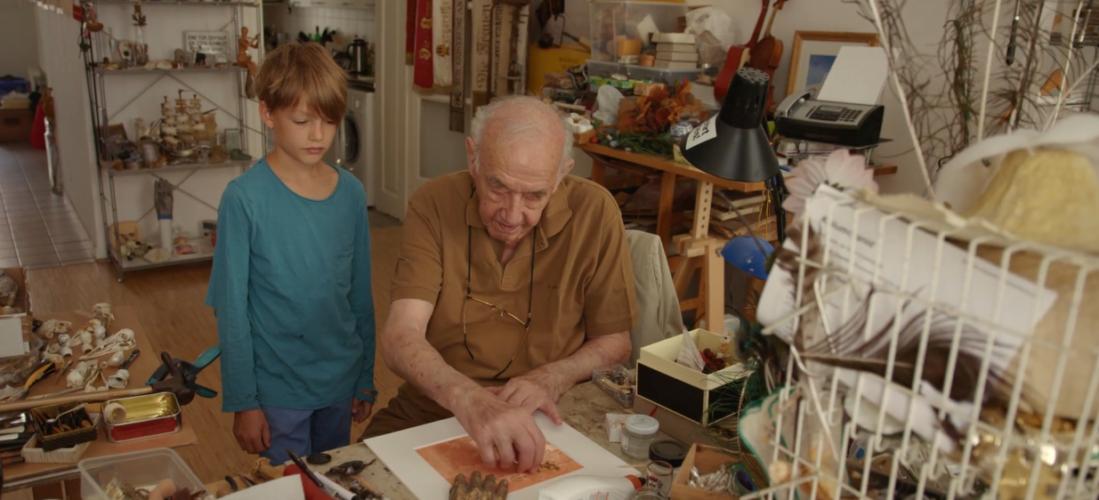

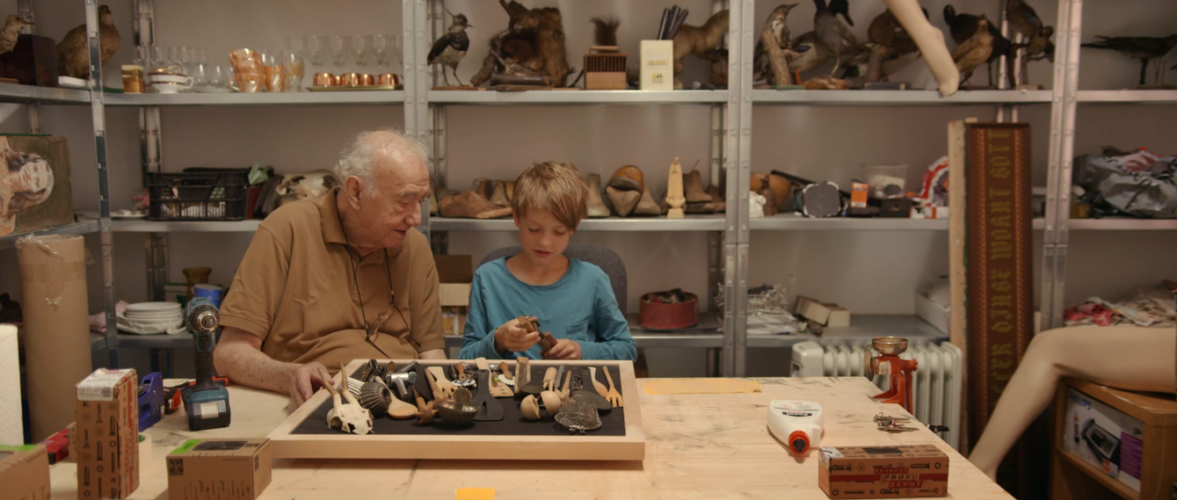
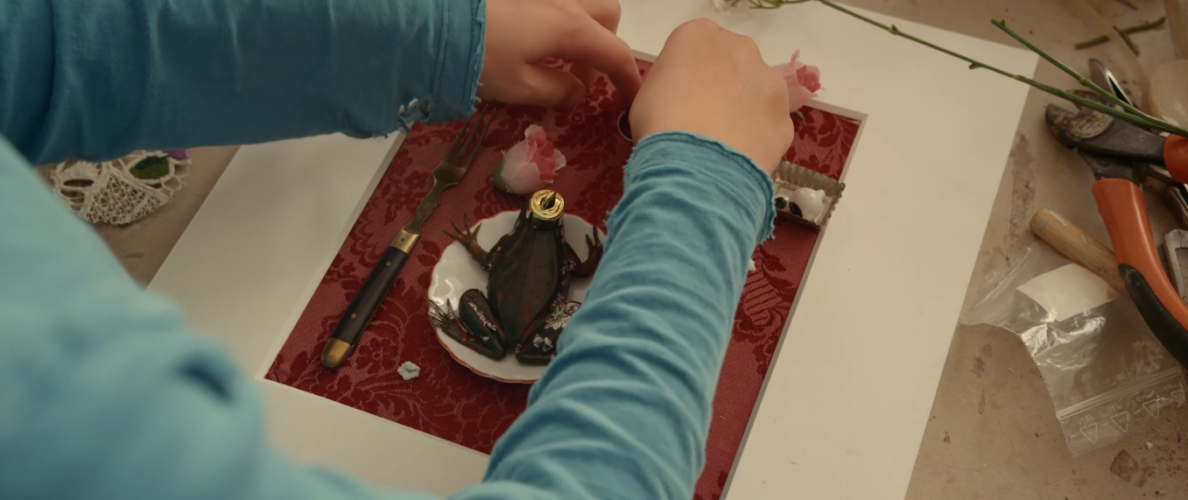

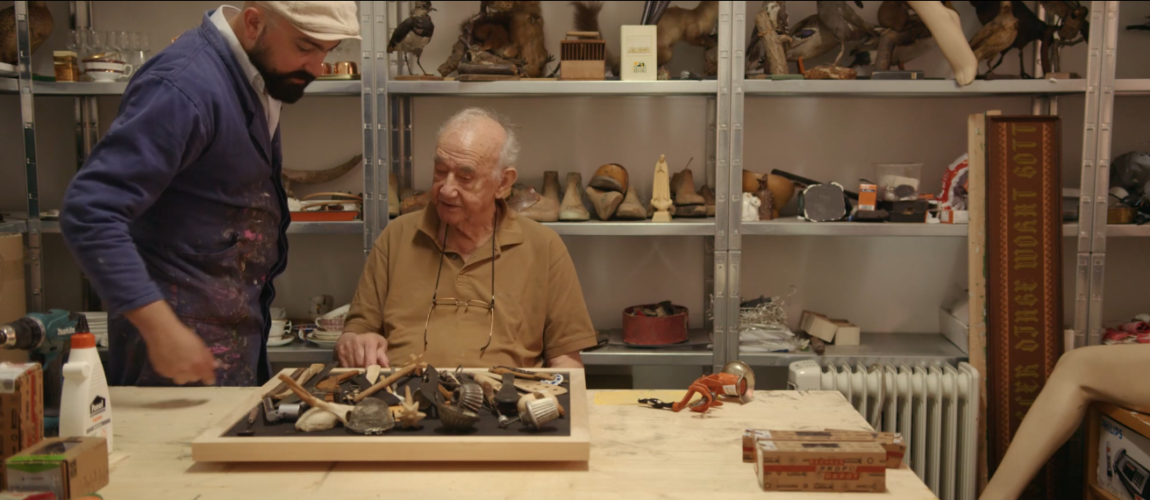


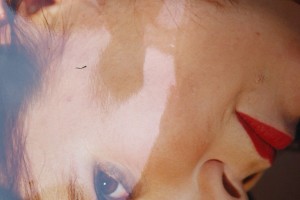
Comments are closed here.